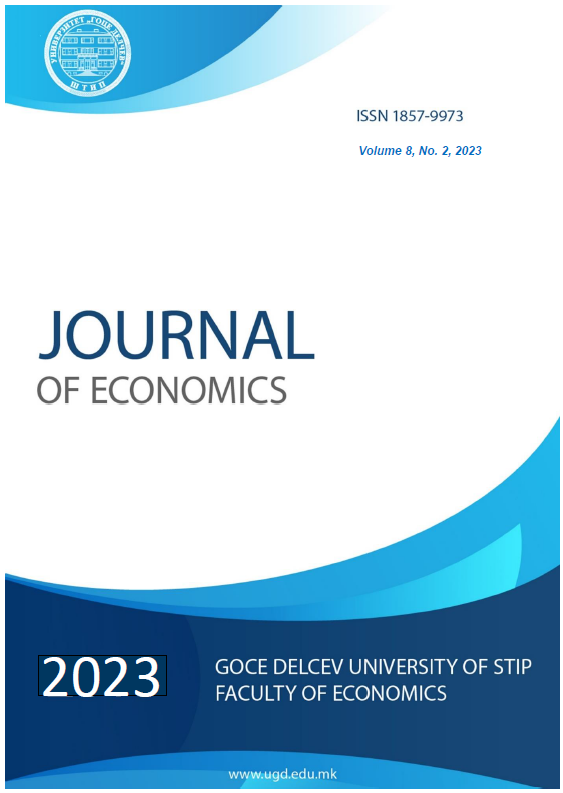Managing the economic and financial efficiency of an investment financed through local bonds
DOI:
https://doi.org/10.46763/10.46763/JOE238201vKeywords:
Self-sustaining project, local bonds, investment criteria, profitability, rehabilitation centerAbstract
The intention of the authors of this paper is to prove the efficient use of funds acquired from a local bond by investing in a self-sustaining project that generates returns - a rehabilitation center that will exploit the Kezovica thermal spring in the Municipality of Stip. The economic-financial efficiency of the investment financed through the issue of local bonds is shown through investment criteria that prove the profitability and liquidity of such an investment. In this way, the justification for the issue of local bonds as an alternative way of financing and supporting local economic development is achieved.
The purpose of this paper is to evaluate the return on investment potential, that is, the efficiency and profitability of a project that significantly contributes towards the increase of value of local output as a component of national economic growth, and even more, taking into account the increased current demands for socially responsible behavior, how it demonstrates value for a wide range of stakeholders in the long run.
The results of the research, projected in the form of conventional investment criteria, combined with a short financial ratio analysis, confirm that the efficient use of municipal bonds as an alternative way of financing local economic development can be achieved by investing in a long-term sustainable and profitable project such as is the analyzed example of the rehabilitation center.


